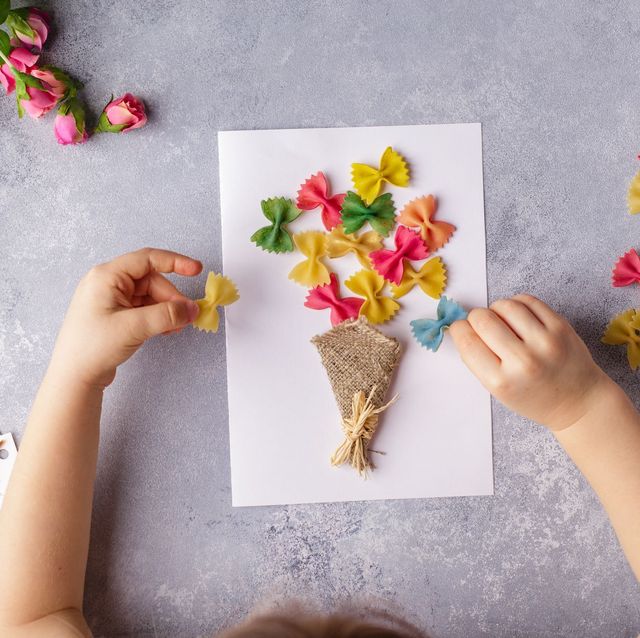
The events of the recent past years have confirmed our thoughts and prompted us all to focus on what matters most: protecting our health and conserving our future, which boils down to looking after each other and our planet.
Severe flooding and terrible wildfires have been in the news. We are living in the ‘red zone’ era, where everywhere on the planet, we are witness natural catastrophes, sea-level rise, and global warming.
Furthermore, the links between the epidemic and our planet’s unsustainable stewardship are clear. Excessive international travel, animal mistreatment for meat, overconsumption of consumer goods, and overcrowding in cities have all contributed to the decline of life as we once knew it, prompting a collective sense of urgency to change our ways.
Maximizing our materials and limiting our waste are two of the most immediate and simple adjustments someone can make. We have to talk about the 3 ‘R‘ for long; reduce, recycle, and reuse, yet many of us do not see the urgency of adopting these simple yet consequent acts.

Anyone can adopt sustainable behaviors such as minimizing our plastic footprint, utilizing zero-waste packaging, and making greener choices in our daily life.
Even if you do all of these things, it can be difficult to figure out how to recycle some packaging properly, particularly when it comes to our beauty items. Do you know that most people recycle their kitchen scraps but not their cosmetics packaging? And, beauty items are used as much as kitchen scraps, if not more… as a person can own more than five eyeshadow palettes simultaneously.
Finding the safest way to dispose of our beauty trash, from shampoo bottles and old lipsticks to hair straighteners and makeup palettes, may be difficult. While some brands conduct their recycling campaign, there is still work to be done to properly dispose of empties.
We have listed the different packages in three categories; the ones that can be recycled, partially, and not recyclable.
What Can We Recycle?
Hairdryers are currently recyclable but must be sent to a recycling center. Plastic bottles can be thrown in the ordinary recycling garbage can if they have one of the recyclable plastic symbols on the back; you will have to remove the plastic lid and thoroughly clean and dry the bottle.
Steel and aluminum cans are both recyclable, and brand-name manufacturers are increasingly using both to create more environmentally friendly products. Ensure that the can is completely empty and that all removable parts have been removed.
Partially Recyclable

Glass bottles are recyclable, but any plastic parts, such as the pump, label, or lid, must be removed to make the recycling process easier. Mascara is somewhat recyclable; while mascara tubes are frequently composed of recyclable materials, sticks are not but can be donated to animal shelters.
When it comes to makeup palettes, all parts are not made of the same material, so it is important to separate each material before recycling. Most palettes are recyclable, but the mirror and magnet are not, so make sure to separate them beforehand and discard them separately.
Not Recyclable
Makeup wipes are not currently recyclable unless labeled as biodegradable; there are other alternatives to makeup wipes; you can invest in reusable makeup pads or cotton pads.
While they are made of glass, nail polish bottles are not recyclable as the polish are full of harmful chemical, and you won’t be able to clean them completely even if you wash them. Makeup brushes cannot be recycled even if it is made of vegan material.
Let us know in the comments what do you think about recycling cosmetics packaging…



